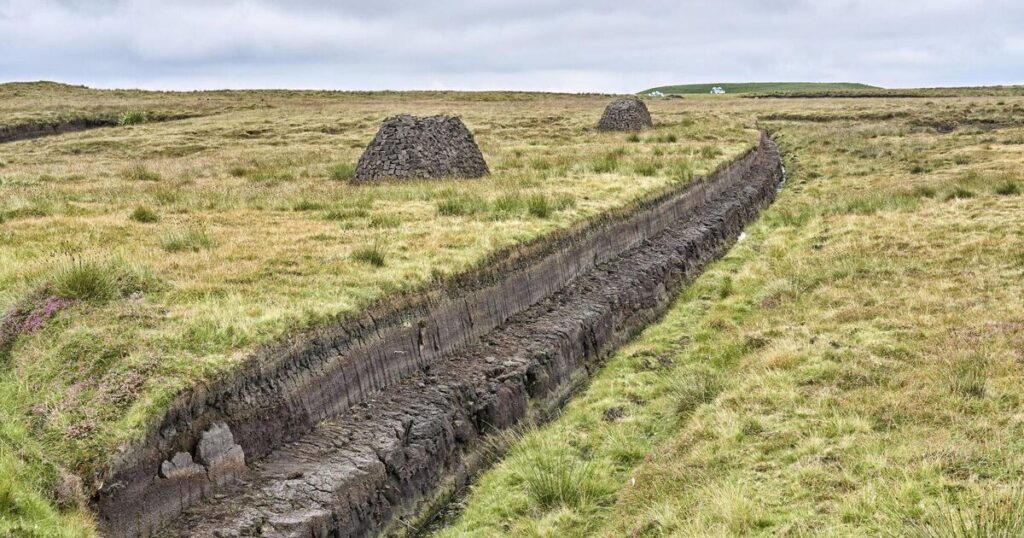A new report from the Environmental Protection Agency (EPA) has revealed the existence of 38 large-scale peat extraction sites operating illegally across Ireland.
The investigation identified these 38 sites in seven counties: Offaly, Kildare, Tipperary, Westmeath, Roscommon, Longford, and Sligo. These sites are extracting peat without the required authorizations from local authorities.
Of the counties investigated, Offaly had the highest number of illegal sites with nine. Westmeath followed with eight. Tipperary and Roscommon were tied for third place with six illegal sites each. Longford and Kildare were also tied, with four sites each. Sligo had one illegal site.
The EPA has dedicated significant resources to this issue, conducting 170 enforcement inspections between 2021 and 2024. The agency has also initiated legal action in district and High Courts against operations covering areas larger than 50 hectares.
These legal actions have led to the cessation of illegal peat extraction on several peatlands in recent years, and further cases are currently ongoing in the courts.
Local authorities hold the primary responsibility for regulating all commercial peat extraction activities, ensuring compliance with environmental legislation. This includes conducting Environmental Impact Assessments (EIAs) and Appropriate Assessments (AAs) relating to protected habitats, and granting or denying necessary planning permissions for these operations.
Peat extraction from sites exceeding 50 hectares requires an Integrated Pollution Control (IPC) licence from the EPA, in addition to planning permission from the relevant local authority. Furthermore, an EIA and AA are mandatory if the peat extraction could significantly impact protected areas.
For peat extraction sites between 30 and 50 hectares, or those less than 30 hectares, planning permission from the relevant local authority, along with EIA and AA, are also required for approval.
The EPA has criticized the enforcement performance of local authorities in this area as “patently inadequate.” The agency is now directing local authorities to take appropriate enforcement action against these illegal operations within their jurisdictions.
The agency intends to continue utilizing its powers to ensure local authorities fully implement and enforce environmental requirements regarding large-scale commercial peat extraction.
The EPA is empowered to take enforcement action against those operating peat extraction activities exceeding the specified threshold without obtaining a licence. Additionally, under Section 63 of the EPA Act, the agency has a designated role to supervise local authorities’ performance of their statutory duties to protect the environment.
The report highlights that appropriate regulation of peat harvesting is crucial for environmental protection. Bord Na Móna previously operated nine different peatland complexes across 11 counties under EPA licence until 2020, when these operations ceased.
Now, in accordance with their licence conditions and with the support of the Peatlands Climate Action Scheme, Bord na Móna is actively engaged in the rehabilitation of these peatlands. Almost 19,000 hectares have been rehabilitated by the end of 2024.
Commenting on the report, Dr. Tom Ryan, Director of the EPA Office of Environmental Enforcement, stated: “Operators engaged in unauthorised peat harvesting activities are in flagrant violation of environmental law. They are destroying our precious natural environments, and this needs to stop.”
“It results in the destruction of vital ecosystems for biodiversity, the loss of important carbon sinks for our efforts on climate change, and the decimation of an irreplaceable cultural and scientific amenity and resource. Local authorities have been conspicuous in their lack of enforcement of environmental law.
“They need to step up to meet their legal obligations as regulatory authorities, prioritise their resources, and use the ample enforcement powers at their disposal to bring these illegal activities to an end and to protect our environment.”


